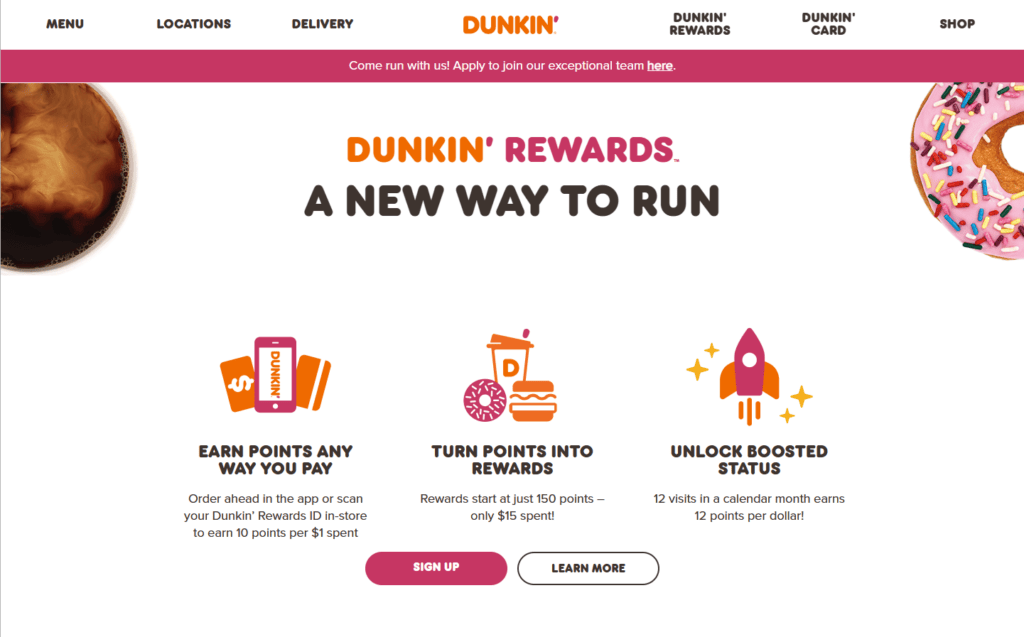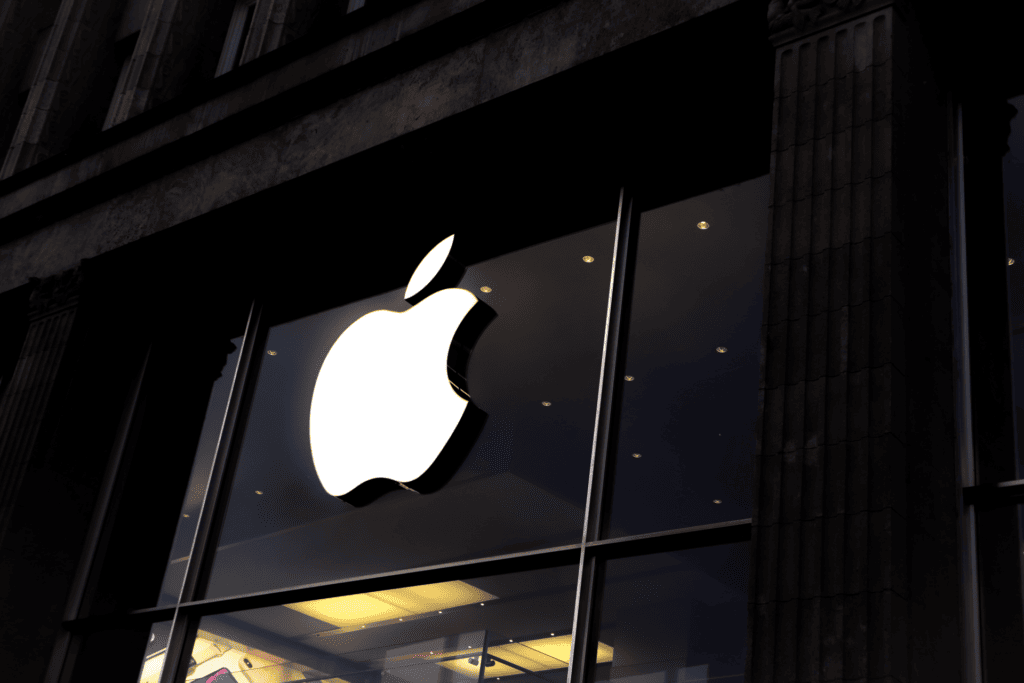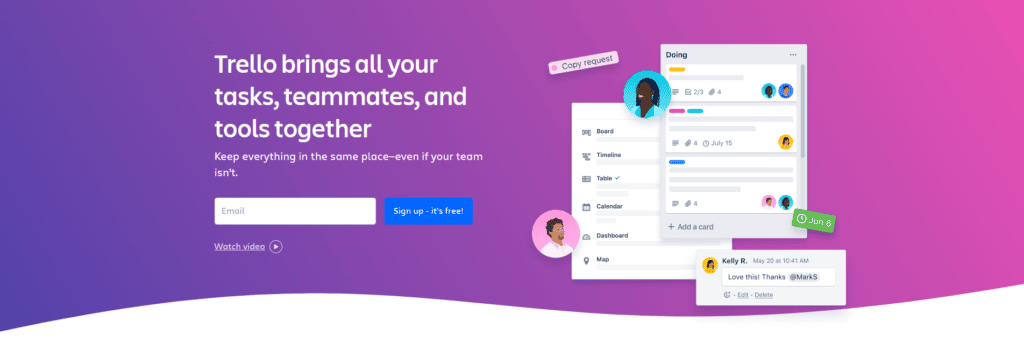The success of any business doesn’t depend on the products but on how well you can market and sell them. This is where positioning statements come in.
Positioning statements help your marketing and sales team create a unified and compelling message across every stage of the sales process. But creating one isn’t so cut and dry.
We’re here to guide you through it. In this article, we’ll be running through the following:
- What are positioning statements?
- The core elements of a positioning statement
- How to write your own
- Positioning statement templates to draw inspiration from
- Best practices to ensure optimized positioning statements
What are Positioning Statements?
A positioning statement describes your product, your ideal customers, and how it provides solutions to your industry’s needs. It offers an outline for both marketing and sales efforts.
Every business decision related to outreach campaigns or marketing should align with your positioning statement.
When both departments are focused, everything from lead generation to closing sales is streamlined, resulting in more conversions and increased revenue.
So, what makes this statement effective? Let’s look at the fundamental elements of a great positioning statement.
The Core Elements of a Positioning Statement
Positioning statements and your company’s “Mission and Vision” are often used interchangeably. They shouldn’t be. There’s a clear distinction.
To fully understand the nuances between the two, we need to take a look at the core elements that make up a positioning statement:
Audience
Your ideal customers are the people who need your products or service the most. The key word here is “ideal.” This means qualifying leads produced from marketing efforts.
We do this by creating ideal customer profiles or buyer personas. Once we’ve qualified leads, marketing and sales can focus on product positioning.
Product Positioning
What differentiates your product from competitors? Is it the features? Probably not. That’s because, in a tight niche, competitors are going to offer more or less the same thing packaged differently.
Instead, focus on your product’s benefits and how it can provide immediate value. Put yourself in your target audience’s shoes. Answer how your product can improve your prospect’s quality of life, save them on costs, or solve specific pain points.
But, to answer these questions, you need to research your market.
Market
Your target market includes both potential prospects and competitors. The broader your target market, the more potential prospects or competition you’d have.
As a rule of thumb, you’d want to be specific and target a niche within a market. As you scale your business, you can expand your reach and get more niches.
The fastest way to scale your business is to convert more prospects into paying customers. To get more conversions, we need to understand their unique pain points.
Customer Pain Points
Pain points are the problems your prospects have in your market that you can solve. Your products and services should go beyond offering solutions to common issues.
You need to do in-depth research on your prospect. Learn more about their unique issues with every email nurture sequence. Find unconsidered needs and promise a solution.
Brand Promise
“Promise” is a heavy word— you have to consistently deliver on your promises of providing solutions to unique pain points. Failing to do so directly affects your brand image.
A brand promise is the culmination of the benefits prospects get when they use your products or services. This should tie in with product positioning to round out your brand identity.
Brand Identity and Values
Your brand identity is how you portray yourself to the world. This includes logos, the copy on social media ads, and even how you approach sending cold emails.
Building a unique brand identity sets you apart from the competition. But what really makes a difference is the value you hold as a brand.
Your values give your target audience a sound image of your organization’s culture. Are you a brand they would want to associate with?
With a solid understanding of the core elements of a positioning statement, we can now start writing one.
Positioning Statement Examples
A strong positioning statement defines how you want audiences to perceive your brand. Here are some examples of positioning statements from popular brands you can inspiration from:
Dunkin’

“With America’s favorite coffee, innovative beverage strategies, and mouth-watering snacks, Dunkin’ has become the brand everyone knows nationally and loves locally.”.
Dunkin’ is an interesting case because they changed their positioning statement to match their rebrand from “Dunkin Donuts” to just “Dunkin” to emphasize their roots—making quality coffee.
Apple

“Apple emphasizes technological research and advancement and takes an innovative approach to business best practices — it considers the impact our products and processes have on its customers and the planet.”
Apple’s positioning statements hit two important functions of any big brand’s CSR (corporate social responsibility)—innovation and responsibility toward sustainable practices.
Trello

“The way your team works is unique — so is Trello.
Trello is the flexible work management tool where teams can ideate plans, collaborate on projects, organize workflows, and track progress in a visual, productive, and rewarding way. From brainstorm to planning to execution, Trello manages the big milestones and the day-to-day tasks of working together and getting things done.”
Trello is one of, if not the most intuitive collaboration platform. How straightforward it is to use is apparent in their positioning statement. It’s all about collaboration for everything, big and small.
Coca Cola

“Coca-Cola has been offering a broad range of refreshing drinks for years—each offers a positive experience to customers. Dissimilar to other beverages, Coca-Cola drinks inspire happiness and positively change a customer’s life.”
Coca-Cola’s positioning statement directly extends what it aims to bring each customer—positivity and happiness. That’s why most of the ads for Coca-Cola you see include family, friends, and loved ones, all sharing a happy moment with a Coke in hand.
BeReal

“BeReal
For…
social media users craving authenticity and genuine connections
who want/need…
a platform that encourages real, unfiltered, and spontaneous sharing
we…
create a space for users to capture and share their daily moments, fostering a sense of community and honesty
because…
we believe in the power of authenticity and the importance of embracing our true selves in the digital age.”
BeReal is all about expressions of authenticity. You can’t upload edited photos or curate the perfect image of yourself. It all has to be real.
How to Write Your Positioning Statement
All of the samples above use the core elements of a positioning statement. For us to write our own, we also need to do the following:
Identify Target Audience
Your target audience should be based on specific criteria. Ask yourself what matters to you most. But, as a rule of thumb, you can segment your leads based on the following:
- Demographics
- Geography
- Pain points
- Needs
- Psychographics
Be specific when creating your ideal customer profile or buyer persona. If you don’t know where to start, use the BANT (Budget, Authority, Need, and Timeline.) framework.
Find Your Market Category
Buyers must assess the value they can get from your product or service. We want to make this simple for our target audience by stating our position within our niche.
For example, metal fabrication can be the market category. But, you want to specify that further so your prospects get context on what you can offer—structural metal fabrication.
Identify The Differentiator
What makes you different from competitors shouldn’t be the features of your products. Focus on the benefits instead. That’s because we want to differentiate ourselves from the perspective of our prospects.
Instead of saying, “Our product is the fastest growing email marketing tool,” emphasize why it’s gaining so much traction through its benefits.
Emphasize the Payoff
The payoff is the sum of all parts—how does your product in your market category differentiate itself from competitors to meet the needs of your ideal customers?
To fully answer this question, you need to understand your position within your niche and your target audience.
Key Takeaways
Positioning statements outline your overall brand identity, voice, and message. Here are some best practices to consider when creating your statement:
- Marketing and sales need to have an in-depth understanding of their target customers, needs, and how the product/service addresses these needs.
- Before creating your statement, identify your audience, competitors, the market, customer pain points, and brand value.
- Highlight the benefits rather than the features. Emphasize benefits that resonate well with your target audience.






